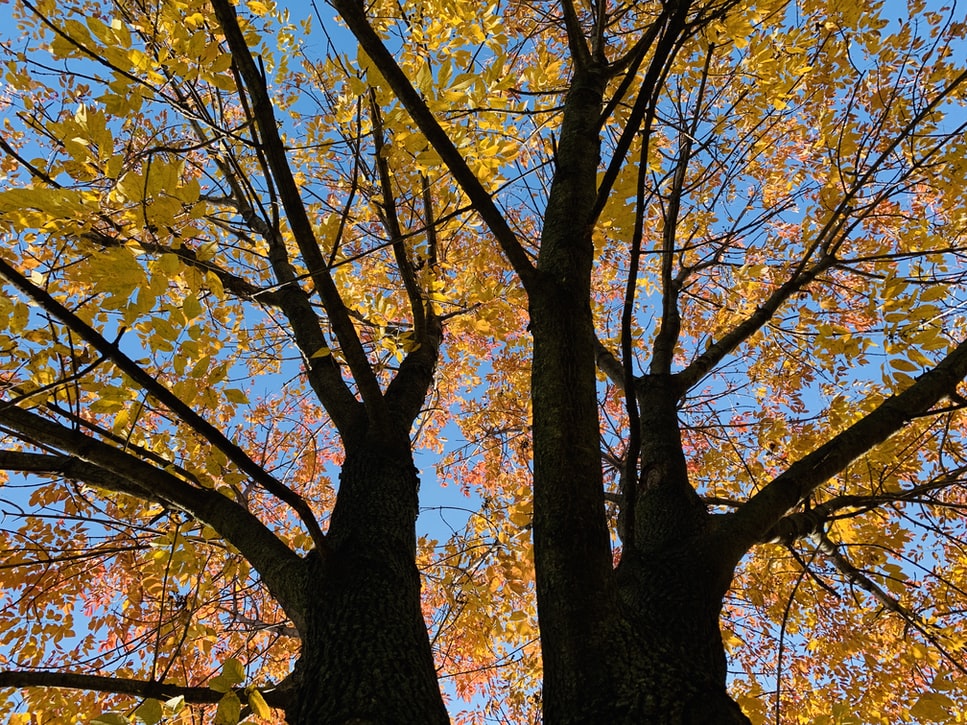
The National Weather Service determined that Kansas City has the fifth worst urban heat island in the county. Walking across a hot parking lot in the summer illustrates the issue perfectly. Increased urban temperatures can increase ground level ozone, raise the demand for air conditioning, and create significant public health risks. A range of solutions exist to address the problem. Trees provide shade, and increase the rate of evapotranspiration, a natural cooling process. Cool roofs (ie. reflective white roofs or green roofs) have proven to be very effective Our soils, when managed sustainably, play an important role in effort. Sustainable management of soil means using cover crops, crop rotation, and minimal tilling in the production of annual crops. Likewise, increasing vegetative land cover through forestation, prairie restoration, and urban plantings also help draw down and store carbon. And city planning can reduce urban heat by shrinking parking lots and reducing street widths. Many heat island mitigation strategies are already tested in parts of our region. But, how can we do more? What opportunities do you see go bigger? What role should our city planning and building design play? What partnerships should be considered? |
